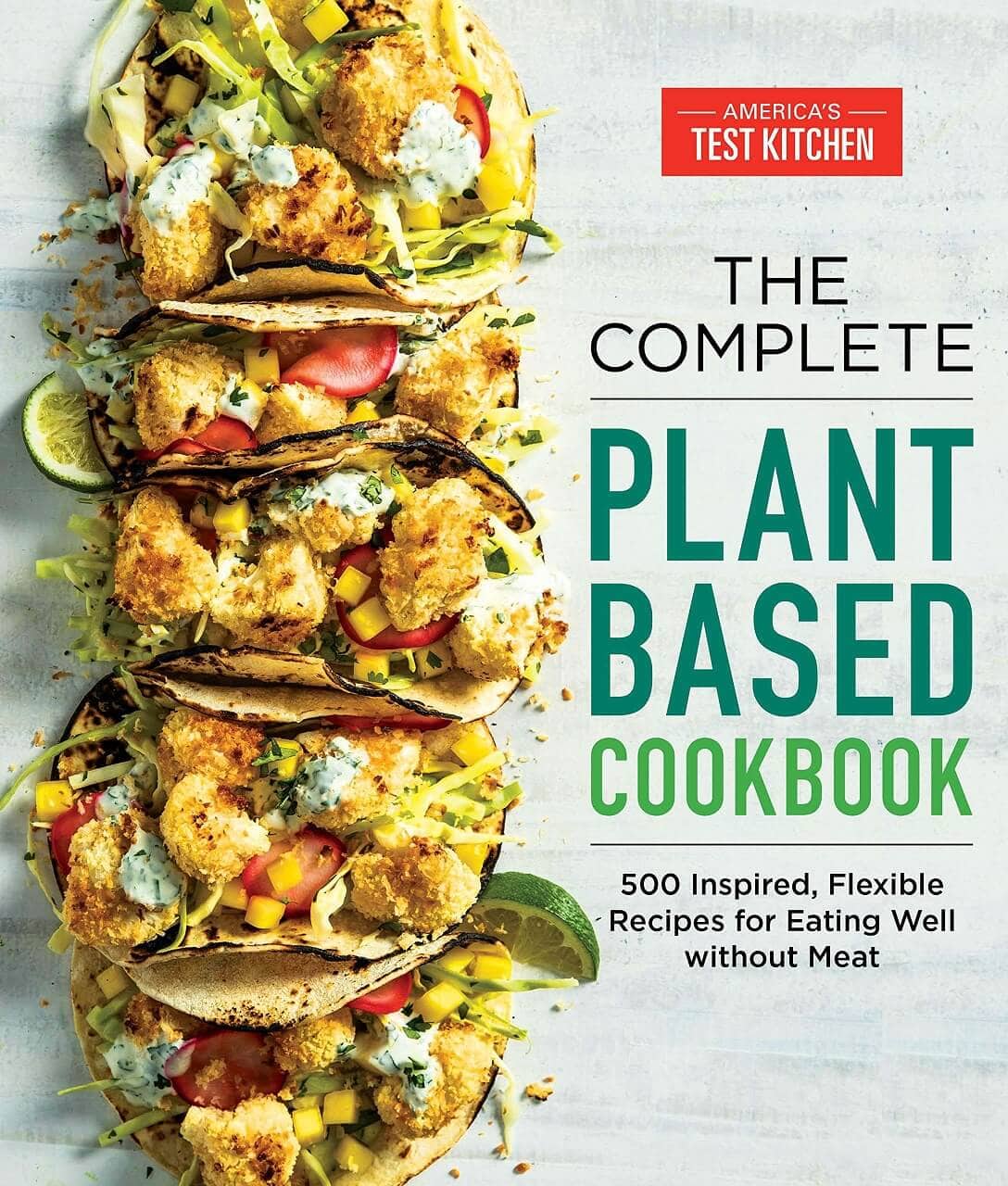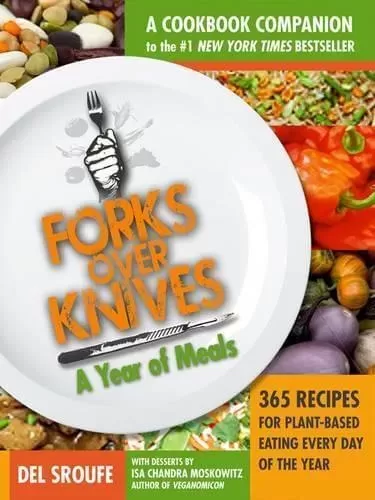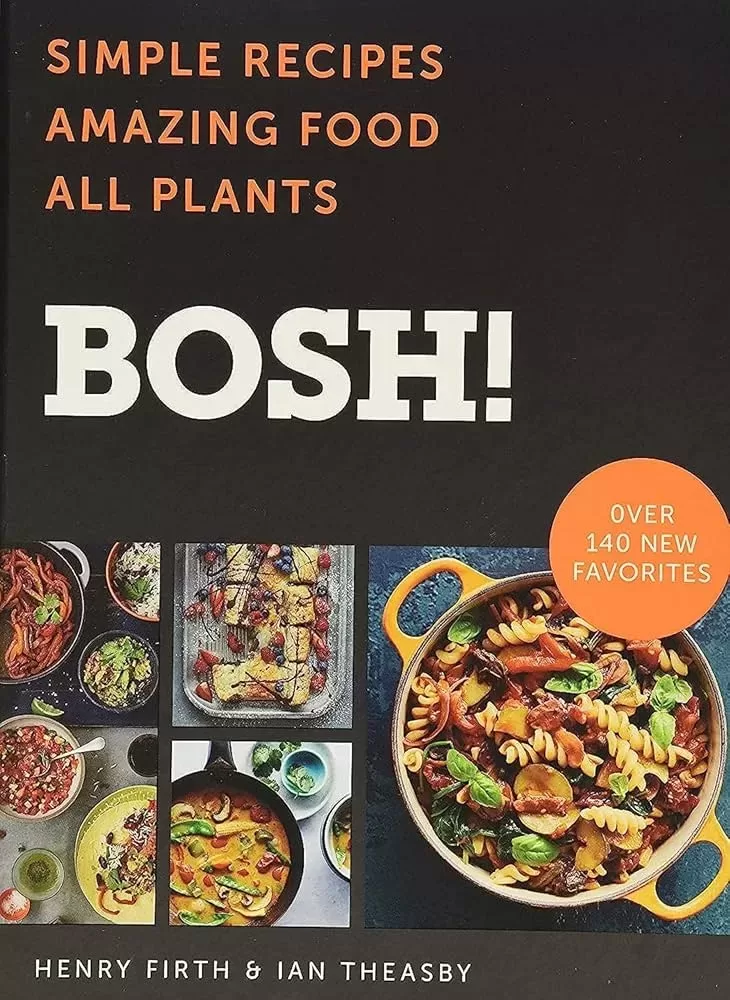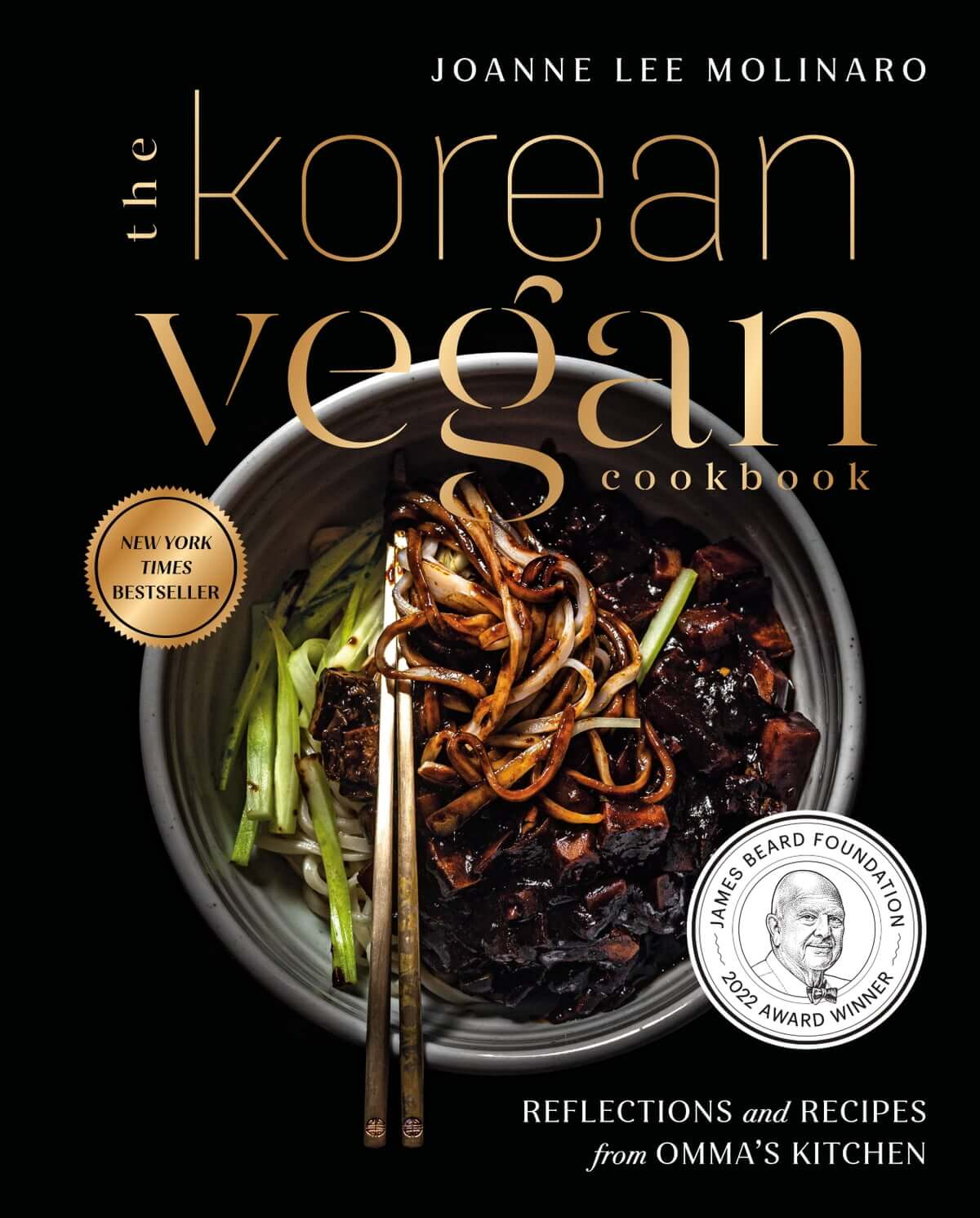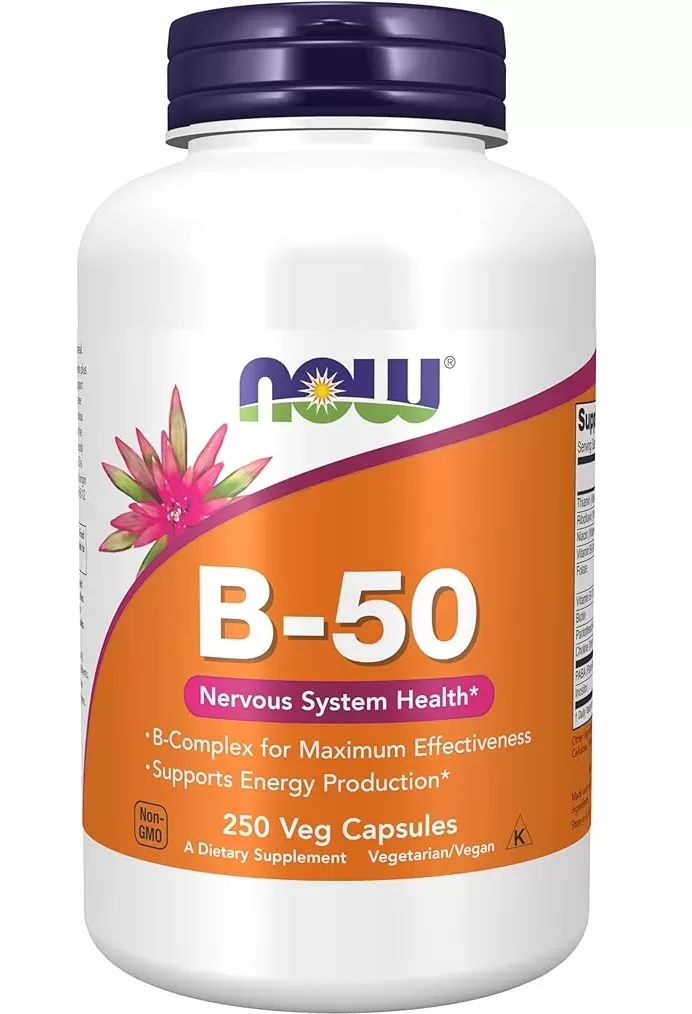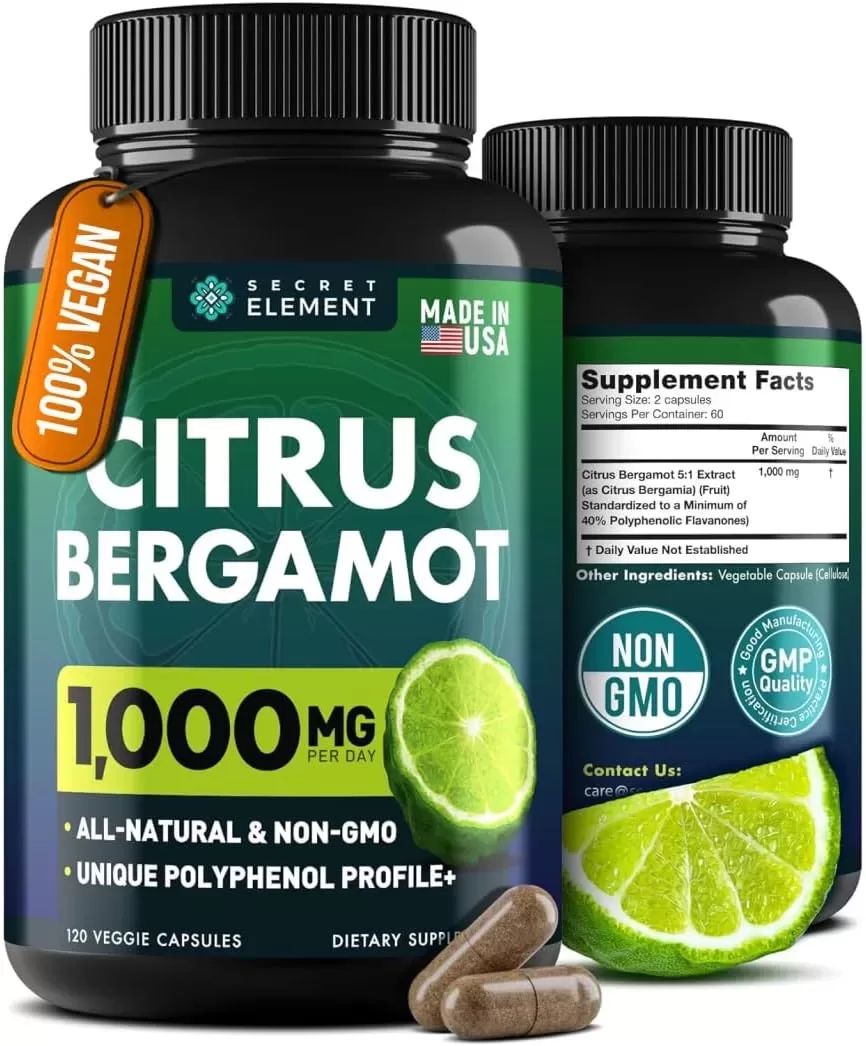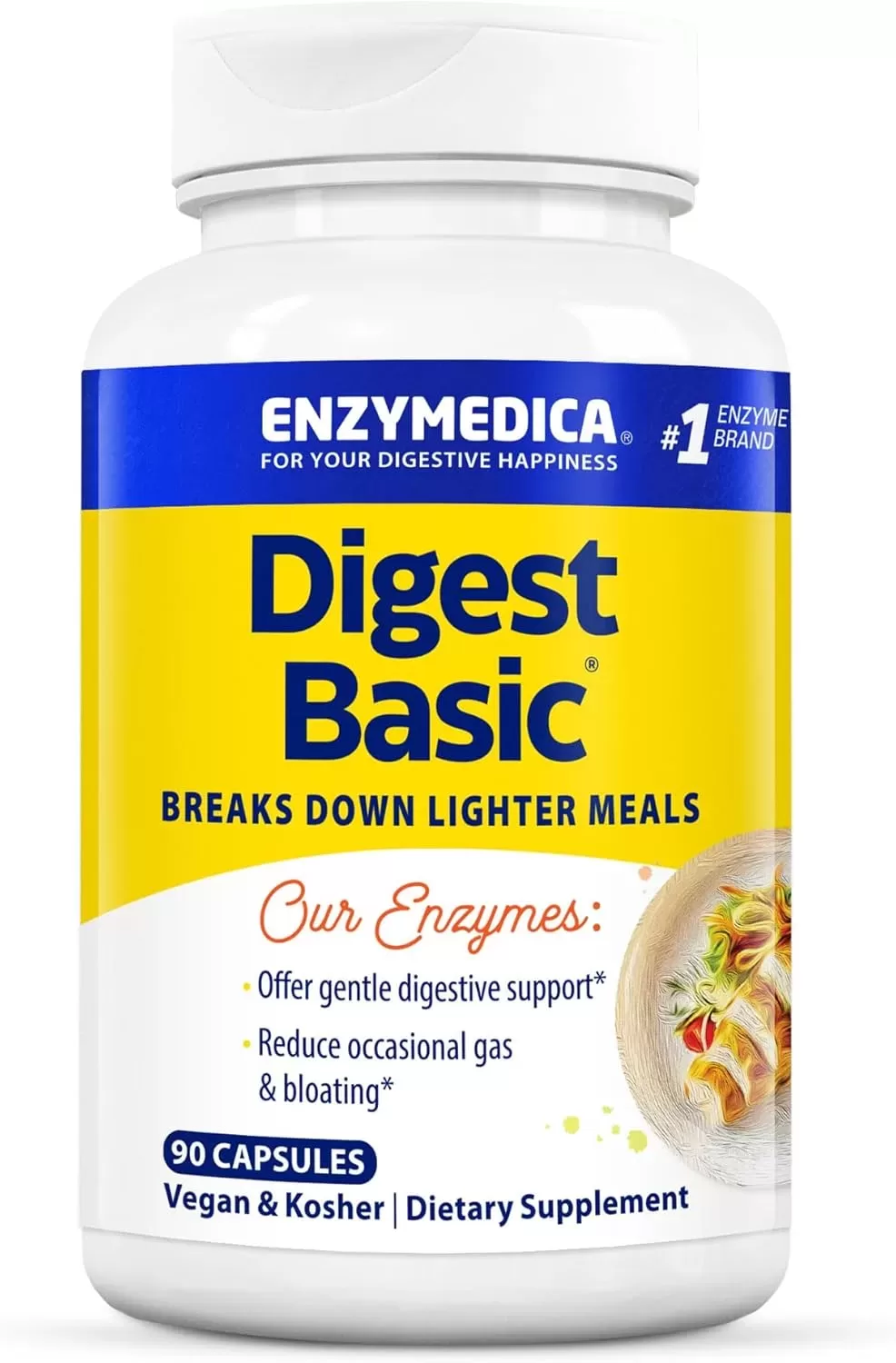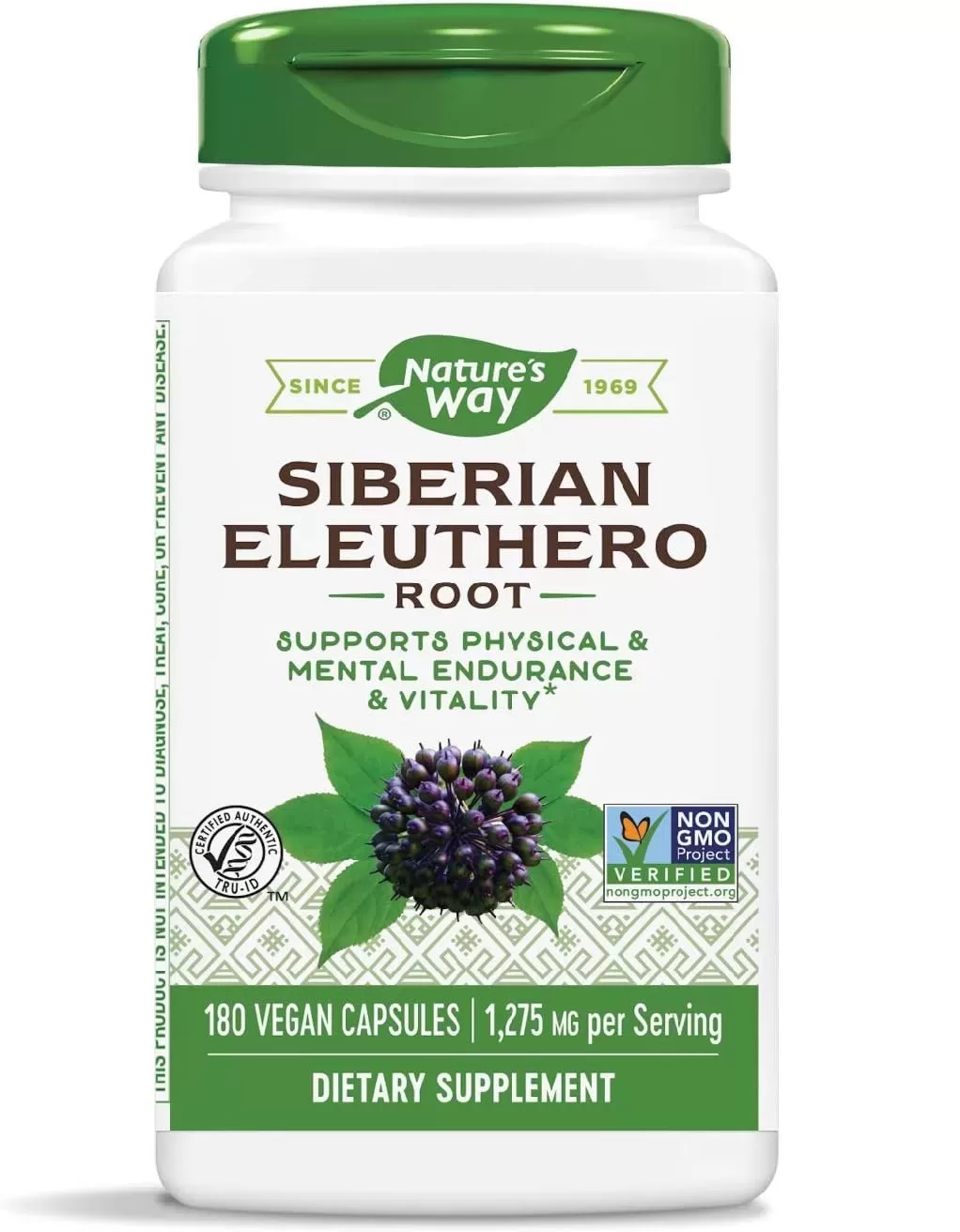Growing your own food is more than just a hobby; it’s a journey toward self-sufficiency. By cultivating your own fruits, vegetables, and herbs, you can reduce your reliance on store-bought produce, save money, and savor the freshest flavors imaginable. Whether you have a spacious backyard or a small balcony, this comprehensive guide will empower you to grow your own food adventure as a vegan.
Ready to embark on this rewarding endeavor? Discover the countless benefits of growing your own food, from improving your health to reducing your environmental impact. Learn practical tips on how to grow food year-round, even in limited spaces like apartments. Explore inspiring quotes and delve into the world of gardening apps to streamline your process. Don’t miss out on the opportunity to nourish your body and soul through the joy of homegrown harvests.
Growing Veggies at Home in Small Spaces
Even if you live in a small unit or apartment, you can still enjoy the benefits of a veggie garden. Container gardening is a great option for those with limited space. Choose compact, dwarf varieties of vegetables like cherry tomatoes, peppers, and eggplants. Herbs like basil, mint, and parsley thrive in containers as well.
Place your containers in a sunny spot, ideally receiving at least 6-8 hours of sunlight daily. Use high-quality potting mix to ensure proper drainage and nutrient-rich soil. Remember to water regularly, especially during hot, dry weather. With a little planning and care, you can cultivate a thriving garden, even in the smallest of spaces.
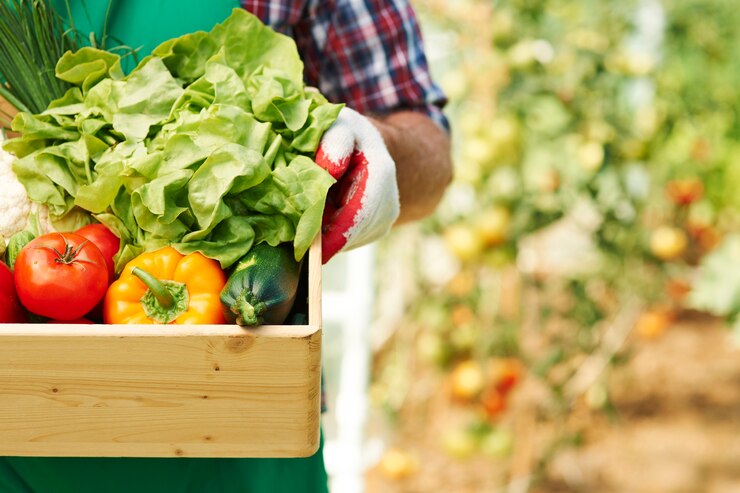
What containers do you need?
- Plastic Pots: Plastic pots are a popular choice for container gardening due to their affordability and durability. They come in various sizes, making them suitable for a range of plants. However, they can be susceptible to temperature fluctuations, so it’s important to monitor the soil moisture levels closely.
- Ceramic Pots: Ceramic pots add a touch of elegance to your garden. They are sturdy and can retain moisture well. However, they can be heavier than plastic pots and may require more frequent watering, especially in hot, dry climates.
- Self-Watering Pots: Self-watering pots are designed to maintain consistent soil moisture levels, reducing the need for frequent watering. They are ideal for busy gardeners or those who want to minimize their gardening efforts. These pots often have a reservoir at the bottom that slowly releases water into the soil.
- Grow Bags: Grow bags are flexible containers made from a breathable fabric. They are lightweight and easy to move around, making them perfect for small spaces. The fabric allows for better aeration of the roots, promoting healthy plant growth. However, they may require more frequent watering, especially during hot, dry periods.
- Raised Garden Beds: Raised garden beds offer a more traditional gardening experience, even in small spaces. They provide better drainage, warmer soil, and easier access to your plants. You can build your own raised bed using wood, brick, or other materials, or purchase pre-made raised bed kits.
How much sun and what aspect do you need?
Most vegetables thrive in full sun, which means they need at least 6-8 hours of direct sunlight per day. This is especially true for fruiting vegetables like tomatoes, peppers, and cucumbers. However, some leafy greens like lettuce and spinach can tolerate partial shade, especially in hot climates.
The ideal aspect for your garden is south-facing, as this maximizes sun exposure. If you have a north-facing space, you may need to supplement with artificial light or choose shade-tolerant plants.
Can you have automated watering systems?
Yes, you can automate your watering system to make gardening more convenient and efficient. One popular option is a drip irrigation system, which delivers water directly to the roots of your plants. This method conserves water by reducing evaporation and runoff. You can set up a timer to control the duration and frequency of watering, ensuring your plants receive the right amount of moisture.
Additionally, you can use smart watering devices that can adjust the watering schedule based on weather conditions and soil moisture sensors. These devices offer precise control and help you optimize water usage.
What fertilizer do I need?
The type of fertilizer you need depends on the specific plants you’re growing and the nutrient content of your soil. A balanced, all-purpose fertilizer with a ratio of 10-10-10 (nitrogen, phosphorus, potassium) is a good starting point for most vegetables. However, some plants may have specific nutrient needs.
For example, leafy greens benefit from higher nitrogen levels, while fruiting vegetables like tomatoes and peppers require more phosphorus and potassium. You can use organic fertilizers like compost, manure, or blood meal, or opt for synthetic fertilizers. It’s important to follow the instructions on the fertilizer package and avoid over-fertilizing, as this can harm your plants.
Are they pet friendly?
While organic fertilizers are generally considered safer for pets than synthetic fertilizers, it’s still important to exercise caution. Some organic fertilizers, such as bone meal and blood meal, can be attractive to pets and may cause digestive upset if ingested. To minimize risks, apply fertilizers in the evening or early morning when pets are less likely to be in the garden.
Avoid fertilizing on windy days, as this can spread fertilizer particles. Always follow the instructions on the fertilizer package and water the area thoroughly after application to reduce the risk of accidental ingestion. If you have concerns about pet safety, consider using pet-safe fertilizers or consulting with a veterinarian or gardening expert.
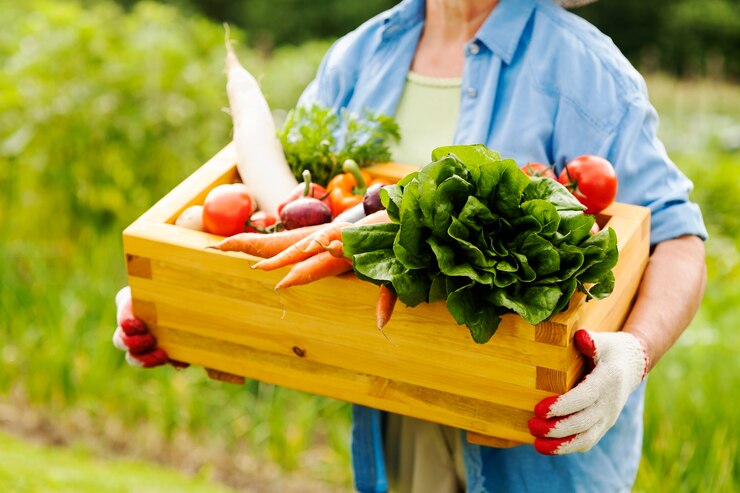
Soil Type and Plant Needs
The type of soil you need for your garden will vary depending on the specific plants you’re growing.
- Loamy Soil: Loamy soil, a balanced mix of sand, silt, and clay, is ideal for a wide range of plants. Most vegetables, including tomatoes, peppers, cucumbers, and leafy greens, thrive in loamy soil. It provides excellent drainage and retains moisture well, ensuring healthy root development.
- Sandy Soil: Sandy soil, while well-draining, can be low in nutrients. However, it’s perfect for plants that prefer dry conditions, such as herbs like rosemary, thyme, and sage. To improve nutrient retention, you can add organic matter like compost or well-rotted manure.
- Clay Soil: Clay soil, though rich in nutrients, can become compacted and waterlogged. To improve drainage, incorporate organic matter like compost or well-rotted manure. Clay soil is suitable for plants that tolerate moist conditions, such as watercress and water spinach.
- Peaty Soil: Peaty soil is highly organic and retains moisture well. It’s ideal for acid-loving plants like blueberries, cranberries, and rhododendrons. However, it can be heavy and difficult to work with. Adding sand or perlite can help improve drainage.
- Chalky Soil: Chalky soil is alkaline and can be low in nutrients. To improve its fertility, add organic matter like compost or well-rotted manure. Chalk-tolerant plants include lavender, thyme, and some varieties of roses.
Easiest Vegetables to Grow
- Lettuce: Lettuce is a cool-season crop that grows quickly and can be harvested multiple times. It’s versatile and can be grown in containers or directly in the ground.
- Radishes: Radishes are fast-growing and perfect for beginners. They can be harvested in as little as 21 days, providing quick satisfaction.
- Peas: Peas are easy to grow, especially climbing varieties that can be trained on a trellis. They’re a great source of protein and add a touch of beauty to the garden.
- Zucchini: Zucchini plants are vigorous growers and produce abundant harvests. They’re easy to care for and can be grown in containers or in the ground.
- Herbs: Herbs like basil, mint, and parsley are simple to grow, even for beginners. They can be grown in containers or directly in the ground and add flavor to your cooking.
Fastest Veggies to Grow
- Mesclun Mix: This mix of baby lettuces, spinach, and other greens grows quickly and can be harvested in just a few weeks. It’s ideal for adding fresh, flavorful greens to your meals.
- Pak Choi: This Asian green is a fast grower, ready to harvest in about 4-6 weeks. It’s versatile and can be added to stir-fries, soups, or salads.
- Beets: Beets are another quick-growing vegetable, with baby beets ready to harvest in as little as 4-6 weeks. The mature roots can be harvested in 6-8 weeks.
- Mustard Greens: These peppery greens are cold-hardy and grow quickly, reaching maturity in 4-6 weeks. They’re a nutritious addition to salads and stir-fries.
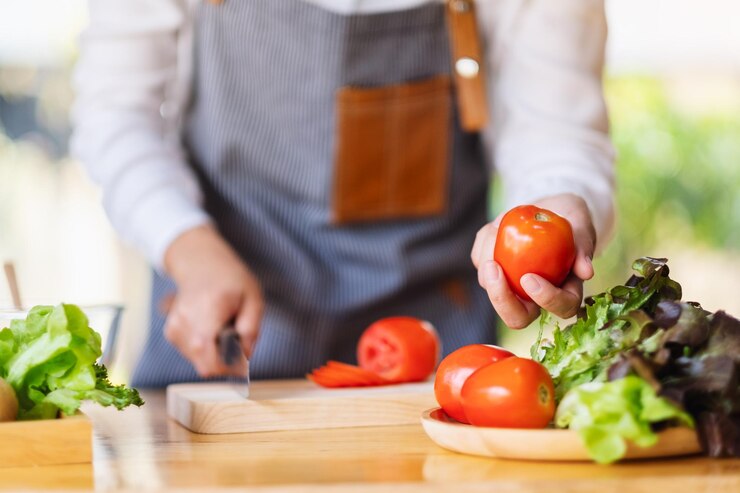
Benefits of Growing Veggies at Home
Homegrown vegetables are picked at their peak ripeness, ensuring optimal flavor and nutritional value. You’ll taste the difference in every bite. By growing your own food, you can significantly reduce your grocery bills. Over time, you’ll save money on fresh produce.
Homegrown vegetables are typically free from harmful pesticides and chemicals, promoting healthier eating habits. Gardening can help reduce your carbon footprint by decreasing the need for transportation and packaging of store-bought produce.
Gardening is a therapeutic activity that can help reduce stress, anxiety, and depression. The act of nurturing plants can be incredibly rewarding. Sharing your harvest with neighbors and friends can foster a sense of community and connection.
Benefits of a Raised Garden Bed
Raised garden beds provide excellent drainage, preventing waterlogging and root rot, especially in heavy clay soils. The elevated soil in raised beds warms up faster in the spring, allowing for earlier planting and harvesting. The raised bed design makes it easier to control weeds by creating a physical barrier between the garden and surrounding areas.
Raised beds allow you to create a custom soil mix tailored to your plants’ needs. You can add compost, manure, or other organic matter to improve soil fertility. They are easier to access, especially for people with mobility issues. They eliminate the need to bend over, reducing back strain. Raised beds can help deter pests like slugs and snails, as they create a barrier that’s harder for these creatures to climb.
Plant Selection to Keep Bugs Away
- Marigolds: Known for their vibrant colors and strong scent, marigolds are natural insect repellents. They can deter pests like nematodes, whiteflies, and aphids.
- Nasturtiums: These colorful, edible flowers attract aphids and whiteflies away from your valuable vegetable plants. They also add a beautiful touch to your garden.
- Basil: In addition to its culinary uses, basil can repel flies and mosquitoes. It’s a great companion plant for tomatoes.
- Chives: Chives not only add flavor to your dishes but also deter aphids, carrot flies, and Japanese beetles.
- Mint: Mint’s strong scent can repel pests like ants, mice, and cockroaches. However, it can be invasive, so plant it in containers to control its spread.
- Garlic: Garlic is a natural insect repellent that can deter aphids, mites, and other pests. It’s a versatile plant that can be used in cooking as well.
- Rosemary: Rosemary is a fragrant herb that can repel flies, mosquitoes, and cabbage moths. It’s a great companion plant for tomatoes, cabbage, and carrots.
When do you need to stake your plants?
You should stake your plants when they start to become top-heavy or show signs of weakness. This typically occurs when the plants reach a certain height, usually around 12-18 inches tall. Indeterminate tomato plants, in particular, require staking as they continue to grow and produce fruit throughout the season.
Other plants that may benefit from staking include peas, beans, and some varieties of peppers. By staking your plants early, you can prevent them from breaking or falling over, ensuring a healthier and more productive harvest.
Final Thoughts
Gardening is a rewarding hobby that offers countless benefits, from fresh, healthy food to improved mental well-being entering the vegan life. By following these tips and experimenting with different plants, you can create a thriving vegetable garden that nourishes your body and soul. Remember, gardening is a journey, not a destination. Enjoy the process of learning, growing, and harvesting your own food. Happy gardening!
FAQs
What is a grow food?
Grow foods are nutrient-rich foods that help our bodies grow and repair. They include protein-rich foods like meat, fish, eggs, beans, and nuts, as well as dairy products like milk, cheese, and yogurt.
What is the easiest food to grow?
Leafy greens like lettuce, spinach, and herbs like basil and mint are generally considered the easiest foods to grow. They require minimal care, grow quickly, and can be harvested multiple times.
How long does it take to grow food?
The time it takes to grow food varies depending on the plant. Fast-growing vegetables like lettuce and radishes can be harvested in as little as a few weeks, while fruits and vegetables like tomatoes and peppers may take several months.
What to do if you don’t have a garden?
If you don’t have a garden, you can still grow food in containers on your balcony, windowsill, or patio. Herbs, leafy greens, and some small vegetables like cherry tomatoes and peppers can thrive in containers.


